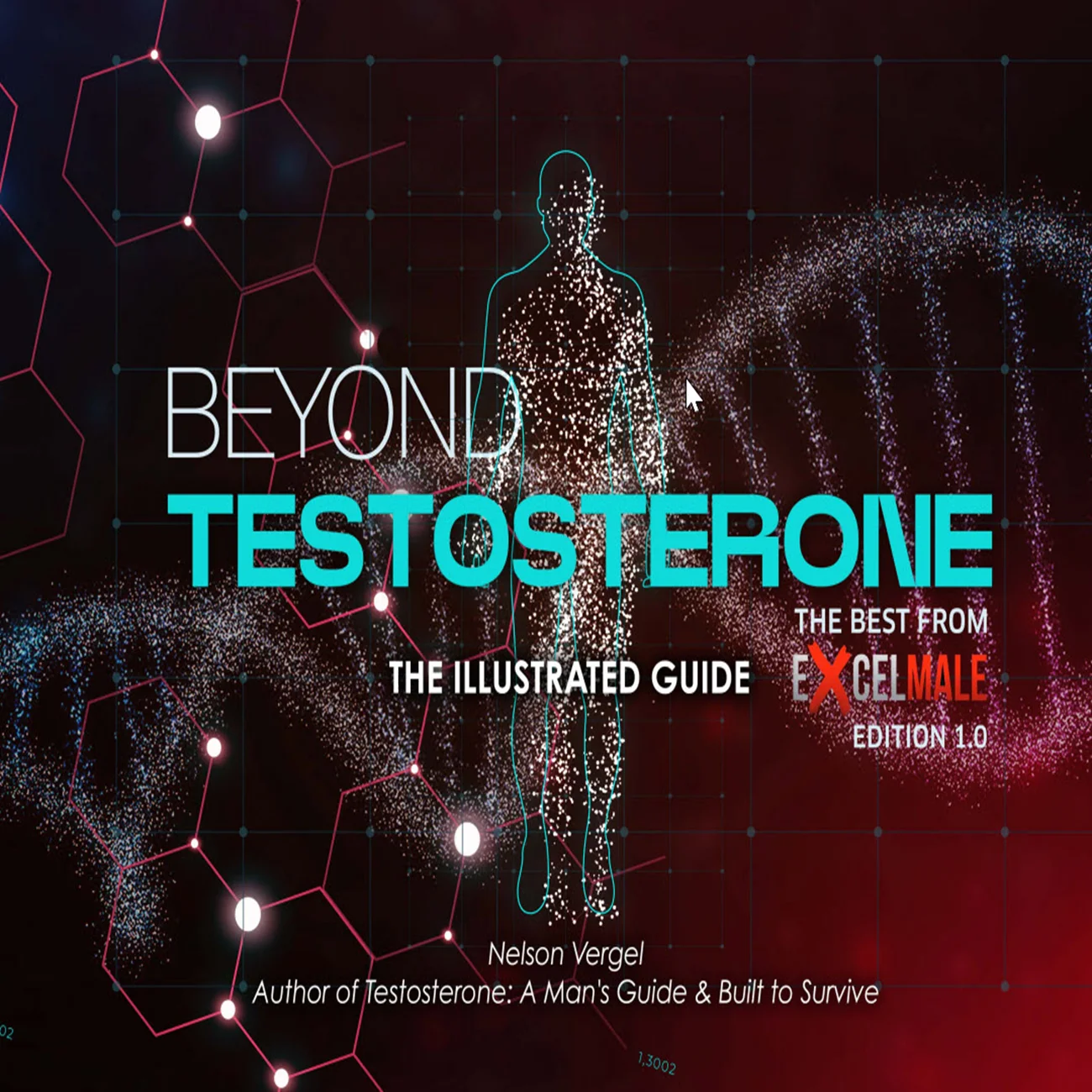madman
Super Moderator
* To our knowledge, this is the first report demonstrating alterations in spermatogenesis as intratesticular morphological changes, specifically enlargement of seminiferous tubules, by US.
Ultrasound (US) images of seminiferous tubules in patient #1 (A–D) and patient #6 (E–H). (A, E) Pretreatment US images revealed only roughly delineated thin seminiferous tubules in both patients. (B, F) No alterations were evident in the seminiferous tubules of either patient after 3-month of human chorionic gonadotropin replacement. (C) In patient #1, thick seminiferous tubules appeared on US images after 1 month of endocrine therapy. (D) Six months after gonadotropin replacement, thick seminiferous tubules were more densely depicted. (G, H) Thick seminiferous tubules did not appear on US images even after 1 year of endocrine treatment in patient #6.


Objective
To demonstrate the relationship between ultrasound (US) changes in seminiferous tubules during gonadotropin replacement therapy and spermatogenic progression in patients with azoospermia because of hypogonadotropic hypogonadism (HH).
Design
Retrospective observational study.
Subjects
Ten patients from 2 private male infertility clinics in Japan with azoospermia because of HH received human chorionic gonadotropin (hCG) + recombinant follicle-stimulating hormone replacement (rFSH).
Exposure
Gonadotropin treatment with hCG and rFSH.
Main Outcome Measures
Semen analysis and US evaluation of seminiferous tubules.
Results
After the initial treatment with hCG alone, hCG and rFSH were administered by self-injection. Sperm appeared within the ejaculate in 9 of the 10 patients treated with gonadotropin replacement therapy. Thick seminiferous tubules, defined as >300 μm in diameter on the US image, were observed just before the first sperm appeared in the ejaculate. Furthermore, an increased density of thickened seminiferous tubules, as observed on US, corresponded to higher sperm counts in the ejaculate.
Conclusion
Among patients with HH, a strong correlation was observed between the degree of spermatogenesis stimulated by gonadotropin and the alterations observed in the US images of their seminiferous tubules. To our knowledge, this is the first report demonstrating alterations in spermatogenesis as intratesticular morphological changes, specifically enlargement of seminiferous tubules, by US imaging.
CONCLUSION
The main finding of this study was the change in the intratesticular morphology observed by US after gonadotropin replacement therapy, particularly the increase in the diameter of the seminiferous tubules. This increase was indicative of improved spermatogenesis. Assessing the diameter of seminiferous tubules using US provides a noninvasive and real-time method for observing changes in spermatogenesis, demonstrating significant clinical value. To our knowledge, this is the first report demonstrating alterations in spermatogenesis as intratesticular morphological changes, specifically enlargement of seminiferous tubules, by US.
Ultrasound (US) images of seminiferous tubules in patient #1 (A–D) and patient #6 (E–H). (A, E) Pretreatment US images revealed only roughly delineated thin seminiferous tubules in both patients. (B, F) No alterations were evident in the seminiferous tubules of either patient after 3-month of human chorionic gonadotropin replacement. (C) In patient #1, thick seminiferous tubules appeared on US images after 1 month of endocrine therapy. (D) Six months after gonadotropin replacement, thick seminiferous tubules were more densely depicted. (G, H) Thick seminiferous tubules did not appear on US images even after 1 year of endocrine treatment in patient #6.
Objective
To demonstrate the relationship between ultrasound (US) changes in seminiferous tubules during gonadotropin replacement therapy and spermatogenic progression in patients with azoospermia because of hypogonadotropic hypogonadism (HH).
Design
Retrospective observational study.
Subjects
Ten patients from 2 private male infertility clinics in Japan with azoospermia because of HH received human chorionic gonadotropin (hCG) + recombinant follicle-stimulating hormone replacement (rFSH).
Exposure
Gonadotropin treatment with hCG and rFSH.
Main Outcome Measures
Semen analysis and US evaluation of seminiferous tubules.
Results
After the initial treatment with hCG alone, hCG and rFSH were administered by self-injection. Sperm appeared within the ejaculate in 9 of the 10 patients treated with gonadotropin replacement therapy. Thick seminiferous tubules, defined as >300 μm in diameter on the US image, were observed just before the first sperm appeared in the ejaculate. Furthermore, an increased density of thickened seminiferous tubules, as observed on US, corresponded to higher sperm counts in the ejaculate.
Conclusion
Among patients with HH, a strong correlation was observed between the degree of spermatogenesis stimulated by gonadotropin and the alterations observed in the US images of their seminiferous tubules. To our knowledge, this is the first report demonstrating alterations in spermatogenesis as intratesticular morphological changes, specifically enlargement of seminiferous tubules, by US imaging.
CONCLUSION
The main finding of this study was the change in the intratesticular morphology observed by US after gonadotropin replacement therapy, particularly the increase in the diameter of the seminiferous tubules. This increase was indicative of improved spermatogenesis. Assessing the diameter of seminiferous tubules using US provides a noninvasive and real-time method for observing changes in spermatogenesis, demonstrating significant clinical value. To our knowledge, this is the first report demonstrating alterations in spermatogenesis as intratesticular morphological changes, specifically enlargement of seminiferous tubules, by US.












